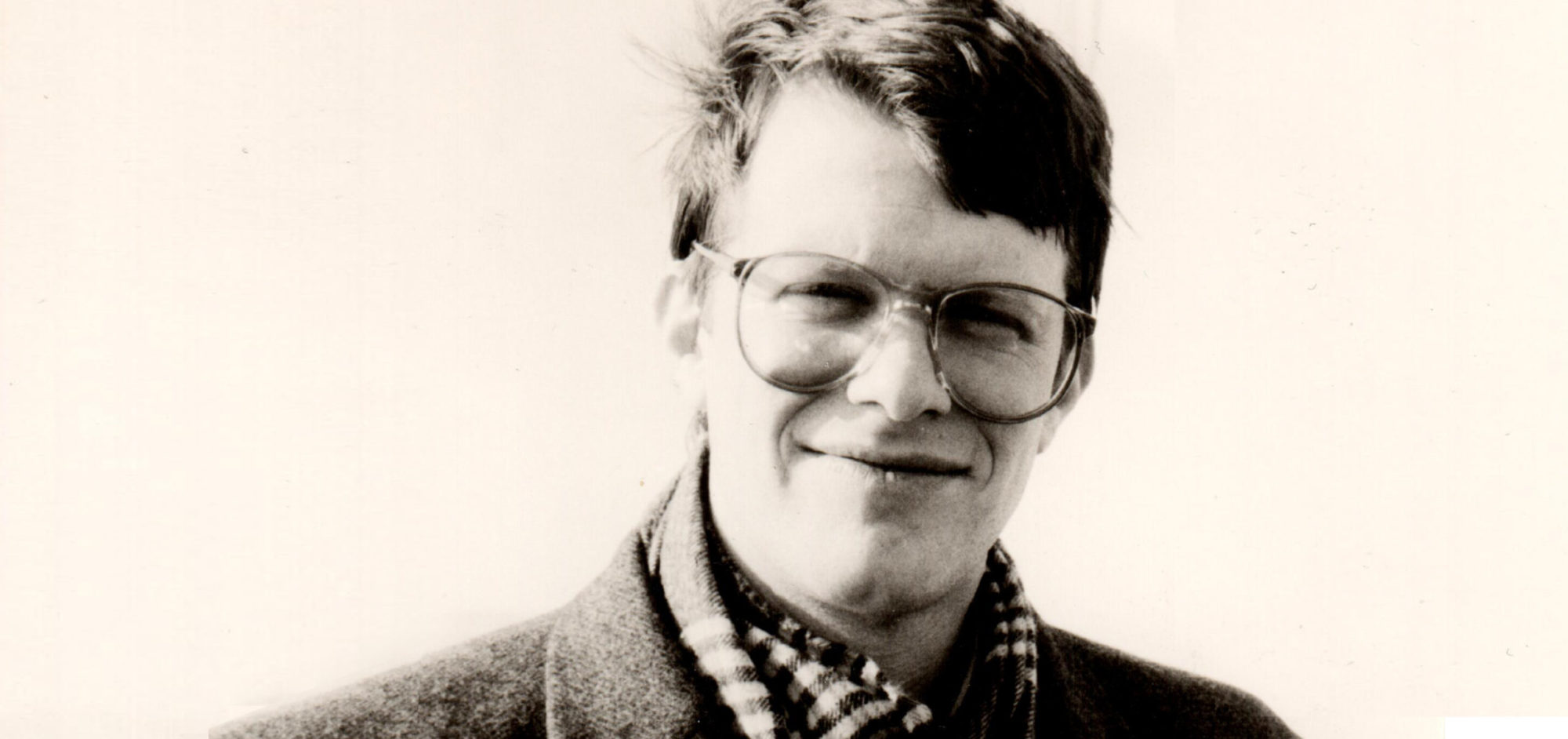In Arbeit – under construction
Viola Concerto No 1
for Stringorchestra
Viola Concerto No 2
for Stringorchestra
Viola Concerto No 3
for Stringorchestra and Gong
Schläferung
Composition for Vioce and Violoncello
Chronometer
Composition for Voice, Violin and Viola
Das Perlhuhn
Composition for Voice, Violin and Viola for Violoncello and Piano
Sonata No 1
Composition for Violoncello Solo
4 Compositions for Violin
2 Composiitions for Violin and Viola
Composiition for Viola Solo No 2
Mr. Dead and Mrs. Free, no. 1 (SQUAT Theatre, New York)
Composition for 6 Violas and Voice (1979)
Based on: Richard Wagner, Walküre
Mr. Dead and Mrs. Free, no. 2 (SQUAT Theatre, New York)
Composition for Viola, Voice and Percussion (1979)
Viola Quartett
Composition for Mara Propes (1987)
Delibaration no. 1
Composition for Viola Solo (2017)
Based on: J. S. Bach. Organ Sonata No. 5, BWM 529 l
Delibaration no. 18
Composition for Viola Solo (2016)
Based on: J. S. Bach, Organ Sonata No. 3, BWV 527 l
Delibaration no. 46
Composition for Viola Solo
Based on: J. S. Bach, chorale prelude for organ „Herr Christ, der ein’ge Goes Sohn“, BWV 698
Delibaration no. 48
Composition for Viola Solo (2017)
Based on: J. S. Bach, chorale prelude for organ „Nun freut euch, lieben Christen g’mein“, BWV 734
Delibaration no. 51
Composition for Viola Solo (2017)
Based on: J. S. Bach, choral prelude for organ „Nun komm, der Heiden Heiland“, BWV 659
Click here to listen
Deliberations Vol. 1
6 Compositions for unaccompanied Viola
Deliberations Vol. 2
7 Compositions for unaccompanied Viola
Deliberations Vol. 3
Composition for unaccompanied Viola based on Marin Marais
Deliberations Vol. 4
Composition for unaccompanied Viola based on Mendelssohn
Deliberations Vol. 5
Composition for 4 Violas and Double Bass based on Arpeggione Sontata of Schubert 43
Introduction to Deliberations
Dr. Benjamin Perl
In his last years Yossi Gutmann embarked on a special project: a series of pieces for viola solo which were based on compositions for other instruments, mostly keyboard instruments, by composers from the Renaissance and Baroque. His aim was on the one hand to enrich the rather restricted repertoire for viola, on the other hand to illuminate these older compositions with a new light.
Indeed, these are no arrangements in the ordinary sense of the word, which normally try to represent the original in a most authentic and recognizable way on a different instrument. Here the work is rather rewritten from elements from the original composition, but combined in such a way as to create a new entity with features of its own.
The original compositions, being written for the keyboard (organ or harpsichord) are mostly polyphonic, and harmonic progressions are written out fully. On the viola polyphony must obviously be reduced, and here it is often left out entirely. The harmony is only hinted at, with spare use of double-stops.
The emphasis in these pieces is on the melodic line. Yossi Gutmann creates a continuous melody, each segment of which is taken from one of the voices in the original composition, but moving, so to speak, from voice to voice, so that the resulting line is something new, which does not appear in the original in this continuous form. To say it differently, the continuous melodic line which existed intrinsically in the original composition, becomes audible in Gutmann’s re-writing.
By using these techniques, Gutmann’s re-workings maintain the musical ideas of the composer, and bring them in his pre-established order, but bring to light hidden elements which got lost in the intricate polyphony of the original.
As a rule, Gutmann remains faithful to the original notation, but in some places he allows himself some liberties in order to smooth out the transitions from one voice to the next. Furthermore, sometimes rhythmic values are doubled for special emphasis, which create longer than regular bars, e.g. 5/4 instead of 4/4.
The scores are very detailed as regards instructions for performance: bowing, fingering, articulation, tempo fluctuations and dynamics. These represent Gutmann’s personal interpretations as he was playing these pieces. In my mind, these instructions must not be adhered to strictly. They are suggestions, which may be replaced by others which the interpeter, according to his or her understanding and personality, may decide on. Yossi Gutmann always saw musical interpretation as an ongoing creative process, which cannot be fixed immovably, so I don’t believe that he intended his scores to be performed in an orthodox and unflexible manner.
We start with a series of six pieces, all based on compositions by J. S. Bach for organ, some from the organ sonatas and others chorale preludes. The title Gutmann chose for these pieces is “Deliberation”, which he numbered in the order he worked on them. At the end of each piece the source on which the piece is based is indicated. We suggest that the player should first of all approach these pieces as new compositions, and only in an advanced stage compare them to the original.
